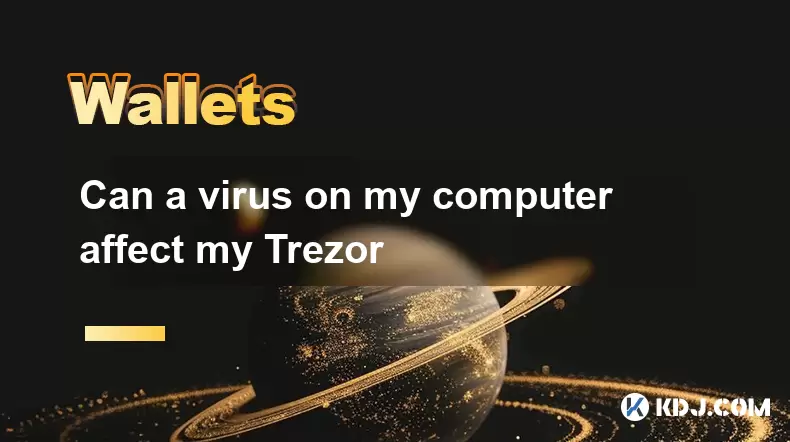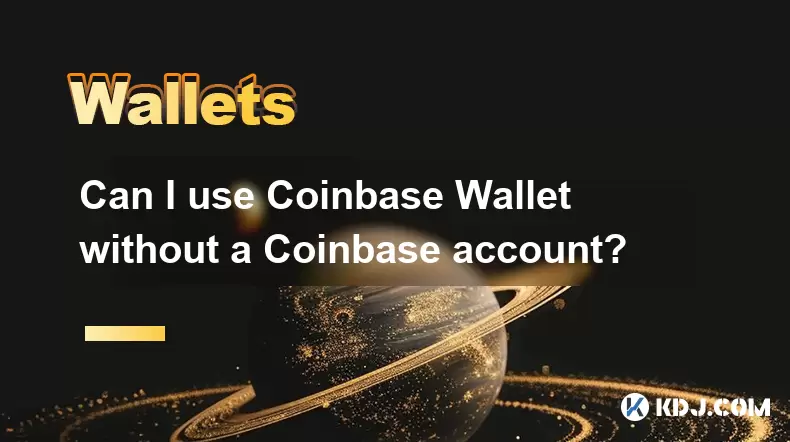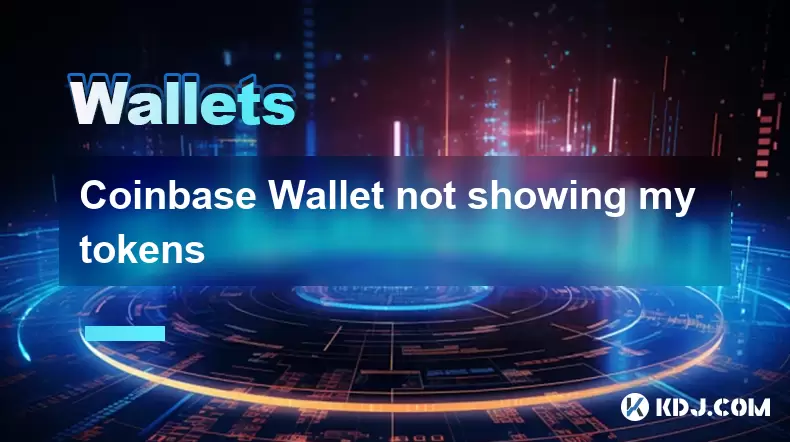-
 Bitcoin
Bitcoin $118300
-1.72% -
 Ethereum
Ethereum $3591
-0.69% -
 XRP
XRP $3.478
-3.53% -
 Tether USDt
Tether USDt $1.001
-0.01% -
 BNB
BNB $737.7
-0.54% -
 Solana
Solana $177.3
-2.40% -
 USDC
USDC $0.9999
-0.01% -
 Dogecoin
Dogecoin $0.2538
7.04% -
 TRON
TRON $0.3256
-0.85% -
 Cardano
Cardano $0.8332
-3.48% -
 Hyperliquid
Hyperliquid $44.80
-3.30% -
 Stellar
Stellar $0.4672
-6.09% -
 Sui
Sui $3.828
-5.98% -
 Chainlink
Chainlink $18.15
-3.41% -
 Hedera
Hedera $0.2655
-7.16% -
 Bitcoin Cash
Bitcoin Cash $517.5
-0.64% -
 Avalanche
Avalanche $23.89
-2.37% -
 Shiba Inu
Shiba Inu $0.00001519
-0.45% -
 UNUS SED LEO
UNUS SED LEO $8.973
0.13% -
 Toncoin
Toncoin $3.211
-2.54% -
 Litecoin
Litecoin $103.5
-3.58% -
 Polkadot
Polkadot $4.313
-3.90% -
 Uniswap
Uniswap $10.31
0.67% -
 Monero
Monero $325.4
-2.88% -
 Bitget Token
Bitget Token $5.049
3.51% -
 Ethena USDe
Ethena USDe $1.002
0.04% -
 Pepe
Pepe $0.00001346
-2.96% -
 Dai
Dai $0.9999
-0.02% -
 Aave
Aave $322.1
-2.93% -
 Bittensor
Bittensor $411.9
-4.70%
Can a virus on my computer affect my Trezor
Trezor keeps crypto keys secure offline, but a virus can still intercept transaction details or steal recovery phrases during setup. Always verify transactions on the device screen to stay safe.
Jul 19, 2025 at 11:07 am

Understanding the Role of Trezor in Cryptocurrency Security
Trezor is a hardware wallet designed to securely store private keys for cryptocurrencies. Unlike software wallets that run on general-purpose devices, Trezor isolates private keys from potentially compromised environments by storing them offline within a secure microcontroller. This architecture ensures that even if the computer connected to the Trezor is infected with malware or a virus, the private keys themselves are not exposed to the host system.
However, while the device itself is protected against direct compromise, a virus on your computer can still pose indirect threats to your cryptocurrency holdings. These risks typically involve interception of sensitive data during transactions or manipulation of transaction details before they are signed by the Trezor device.
Potential Threats from a Compromised Computer
A virus-infected computer may monitor keystrokes, clipboard contents, or screen activity to capture sensitive information. While this cannot directly access the private keys stored in your Trezor, it can intercept recovery phrases during setup or PIN entry during login attempts. If an attacker gains access to your recovery phrase, they can fully control your wallet without needing physical access to the device.
Additionally, malware can manipulate transaction details before they reach the Trezor device. For example, when you initiate a Bitcoin transfer, the malware might alter the recipient address without your knowledge. The Trezor will sign the transaction based on what it receives, which could be a malicious address controlled by the attacker.
How Trezor Protects Against Malicious Input
Trezor displays transaction details directly on its screen, allowing users to verify amounts and addresses before signing. This feature serves as a critical defense mechanism against tampered inputs from a compromised computer. As long as the user confirms each transaction on the Trezor's screen, they can prevent unauthorized fund transfers.
Furthermore, Trezor requires manual confirmation for every action, including setting up new accounts or changing wallet settings. This ensures that even if a virus attempts to make changes through the connected computer, no action can proceed without physical approval from the user.
Best Practices to Minimize Risk When Using Trezor on Infected Systems
- Always double-check transaction details on the Trezor screen before confirming.
- Avoid reusing recovery phrases or exposing them to untrusted environments.
- Use trusted firmware updates and avoid downloading software from unofficial sources.
- Regularly update your operating system and antivirus software to minimize infection risks.
- Consider using a dedicated, clean computer for cryptocurrency transactions if possible.
These practices help mitigate the risk of interacting with a potentially compromised system. Physical verification of all actions remains the most effective safeguard.
Steps to Secure Your Trezor Device in Case of System Infection
If you suspect your computer has been infected after connecting your Trezor:
- Immediately disconnect the Trezor from the computer.
- Transfer your funds to a new wallet created on a different, uncompromised device.
- Do not reuse the same recovery phrase on any new wallet generation unless absolutely necessary.
- Perform a full system scan using updated antivirus tools before reconnecting the Trezor.
- Verify all outgoing transactions manually using the Trezor display.
Following these steps ensures that any potential compromise is contained and does not lead to permanent loss of funds.
Recovering From a Compromised Environment
In cases where a virus has already had access to your system while connected to Trezor:
- Generate a new wallet with a fresh recovery phrase on a clean device.
- Move all funds from the potentially compromised wallet to the new one.
- Store the new recovery phrase securely, away from digital exposure.
- Monitor the old wallet addresses for any unauthorized activity.
- Report suspicious behavior to relevant cryptocurrency support teams if needed.
This approach ensures that even if sensitive data was captured, it no longer provides access to active funds.
Frequently Asked Questions (FAQ)
Q: Can a virus steal my Trezor PIN?
A: Yes, if the virus is capable of recording keystrokes or screen input during PIN entry, it may capture your PIN. However, the PIN is only used to unlock the device locally and does not grant access to private keys without the physical device present.
Q: Does Trezor store any data on my computer?
A: No, Trezor does not store private keys or sensitive data on the host computer. It uses a deterministic algorithm to derive keys internally and only communicates transaction details with the connected device.
Q: Is it safe to use Trezor with public computers?
A: It is generally not recommended due to the high risk of malware presence. Always prefer using trusted, personal devices when accessing cryptocurrency wallets.
Q: How often should I check for Trezor firmware updates?
A: Regular checks are advised. Trezor periodically releases firmware updates to patch vulnerabilities and improve security features. Users should always install updates from the official website.
Disclaimer:info@kdj.com
The information provided is not trading advice. kdj.com does not assume any responsibility for any investments made based on the information provided in this article. Cryptocurrencies are highly volatile and it is highly recommended that you invest with caution after thorough research!
If you believe that the content used on this website infringes your copyright, please contact us immediately (info@kdj.com) and we will delete it promptly.
- TRX vs. RTX: Will Remittix Overtake Tron as the Altcoin to Watch in 2025?
- 2025-07-19 17:30:12
- Bitcoin, Nexchain, and Presales: What's Hot in the Crypto Space?
- 2025-07-19 16:30:12
- Presales, ICOs, and 100x Returns: Navigating the Crypto Landscape in 2025
- 2025-07-19 16:30:12
- Binance, Yooldo Games, and Tokens: Navigating the GameFi Landscape
- 2025-07-19 16:50:12
- Floki Inu, Meme Frenzy, and the Rise of AI Platforms: A New Era?
- 2025-07-19 16:50:12
- Dogecoin, Trader Interest, and the 2025 Meme Coin Landscape
- 2025-07-19 17:30:12
Related knowledge

Can I use Coinbase Wallet without a Coinbase account?
Jul 18,2025 at 04:35am
What is Coinbase Wallet?Coinbase Wallet is a self-custodial wallet that allows users to store, send, and receive various cryptocurrencies directly on ...

How to add Arbitrum to Coinbase Wallet
Jul 18,2025 at 03:00pm
Understanding Arbitrum and Its Integration with Coinbase WalletArbitrum is a layer-2 scaling solution developed by Offchain Labs to enhance the speed ...

Coinbase Wallet not showing my tokens
Jul 18,2025 at 09:49am
Understanding Coinbase Wallet Token Display IssuesIf you're experiencing issues where Coinbase Wallet not showing my tokens, it can be frustrating, es...

Coinbase Wallet Chrome extension not working
Jul 19,2025 at 05:14am
Understanding Coinbase Wallet Chrome ExtensionThe Coinbase Wallet Chrome extension is a browser-based cryptocurrency wallet that allows users to inter...

Does Coinbase Wallet have a desktop app?
Jul 18,2025 at 12:08am
Understanding Coinbase Wallet and Its Core FeaturesCoinbase Wallet is a non-custodial cryptocurrency wallet developed by Coinbase, one of the leading ...

Coinbase Wallet not syncing
Jul 18,2025 at 07:49am
Understanding Coinbase Wallet Syncing IssuesWhen users encounter problems with Coinbase Wallet not syncing, it typically means that the wallet is unab...

Can I use Coinbase Wallet without a Coinbase account?
Jul 18,2025 at 04:35am
What is Coinbase Wallet?Coinbase Wallet is a self-custodial wallet that allows users to store, send, and receive various cryptocurrencies directly on ...

How to add Arbitrum to Coinbase Wallet
Jul 18,2025 at 03:00pm
Understanding Arbitrum and Its Integration with Coinbase WalletArbitrum is a layer-2 scaling solution developed by Offchain Labs to enhance the speed ...

Coinbase Wallet not showing my tokens
Jul 18,2025 at 09:49am
Understanding Coinbase Wallet Token Display IssuesIf you're experiencing issues where Coinbase Wallet not showing my tokens, it can be frustrating, es...

Coinbase Wallet Chrome extension not working
Jul 19,2025 at 05:14am
Understanding Coinbase Wallet Chrome ExtensionThe Coinbase Wallet Chrome extension is a browser-based cryptocurrency wallet that allows users to inter...

Does Coinbase Wallet have a desktop app?
Jul 18,2025 at 12:08am
Understanding Coinbase Wallet and Its Core FeaturesCoinbase Wallet is a non-custodial cryptocurrency wallet developed by Coinbase, one of the leading ...

Coinbase Wallet not syncing
Jul 18,2025 at 07:49am
Understanding Coinbase Wallet Syncing IssuesWhen users encounter problems with Coinbase Wallet not syncing, it typically means that the wallet is unab...
See all articles

























































































